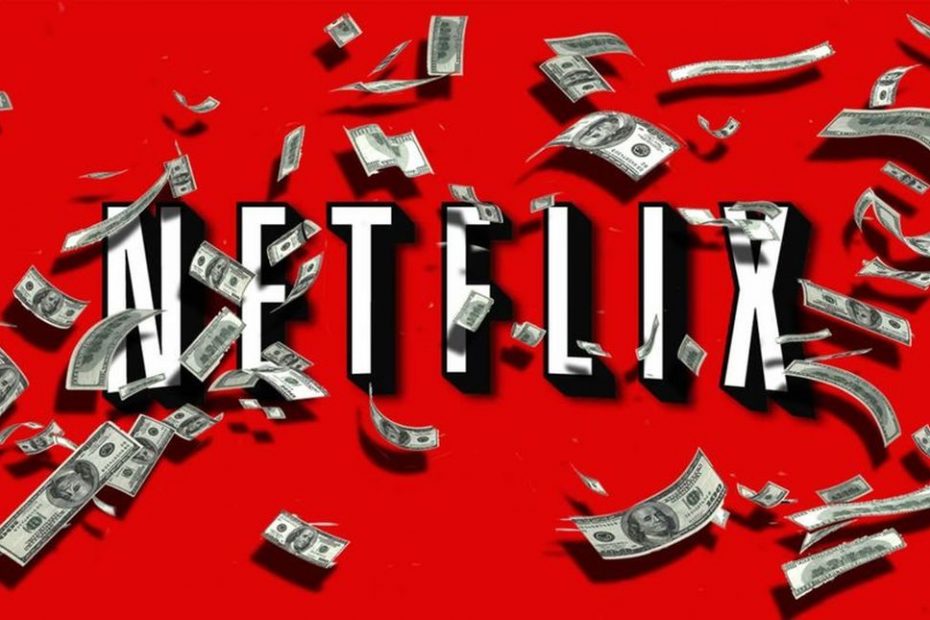SIX OF THE BEST #37 – FOOTBALL FILMS!
With the World Cup beginning in Qatar on Sunday 20th November 2022, I thought it was the perfect time to jump on the bandwagon and consider six of the best football films ever made.
Now, when I say “best” I say this cautiously. The relationship between football and cinema hasn’t always delivered the highest of cinematic art. However, there have been some highly entertaining films set in and around the world of this great game. A sport that involves human beings kicking a sphere into a net. A game I love!
ESCAPE TO VICTORY (1981) – Directed by John Huston
Wow! What a cast! This prisoner-of-war film starring Michael Caine, Sylvester Stallone, Max Von Sydow, Pele, Bobby Moore, Osvaldo Ardiles, John Wark and many more football stars of the era, shouldn’t really work. Yet, it somehow successfully combines football and WW2 prison break subgenres in a beat-the-Nazis-boy’s-own adventure of stirring derring do.
THE FIRM (1988) – Directed by Alan Clarke
An unflinching and gritty exploration of the football hooligan subculture so prevalent in the English game in the 1970’s and 1980’s. Gary Oldman and Phil Davis portray rival gang-leaders of opposing football teams, highlighting how football was used as a substitute for urban warfare up and down the cities and motorways of our green and pleasant land.
GRAHAM TAYLOR: AN IMPOSSIBLE JOB (1994)
Firstly, I must say that Graham Taylor was a great man and exceptional football manager at clubs teams including Watford and Aston Villa. This soul crushing fly-on-the-wall documentary covers in painful depth the ill-fated attempt by the England football team to qualify for the 1994 World Cup. Brutally honest, poignant, funny and embarrassing all at the same time, this is one of the most absorbing sports docs of all time.
SHAOLIN SOCCER (2001) – directed by Stephen Chow
Combining football and martial arts is a master stroke of the highest order. In the turbo-charged, Shaolin Soccer, we get both an underdog story and a litany of incredible kung-fu action set-pieces with scorching goals at the end of them. Brilliantly choreographed by Stephen Chow and his production team, this is a funny, kicking and net-busting classic!
THE DAMNED UNITED (2009) – directed by Tom Hooper
This exceptional adaptation of David Peace’s classic novel scores on many levels. None more so than Michael Sheen’s eloquent portrayal of top manager, Brian Clough and the excellent Timothy Spall as his assistant, Peter Taylor. Dramatically picking apart Clough’s disastrous tenure at premier football club, Leeds United, it shows even genius can get it utterly wrong. Clough would last 44 days at the damned United, but would later prove at Nottingham Forest what an incredible manager he was.
DIEGO MARADONA (2019)
Asif Kapadia’s documentary is arguably one of the finely crafted sports films of all time. Here he takes his razor-sharp filmmaking focus to the massive highs and eventual lows of Diego Maradona’s time at Napoli following his move from Barcelona in 1984. Maradona is regarded as one of the greatest footballers of all time, but had not hit expected heights at the Catalan Kings before moving to Naples. Here Maradona elevated a mostly unsuccessful team to the top of the Italian league. After becoming a footballing god to the Napoli fans, off and on-pitch behaviour would subsequently sour the romance in a powerfully thrilling documentary drama.


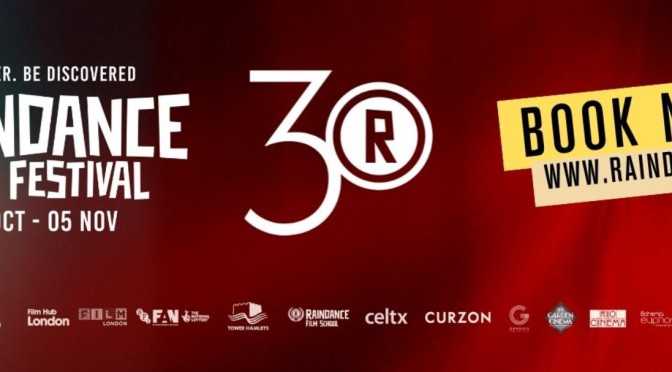











![[BOOK REVIEW] Directing Great Television: Inside TV’s New Golden Age – by Dan Attias](https://paulraylaight.files.wordpress.com/2022/11/thesopranos.jpg?w=672&h=372&crop=1)







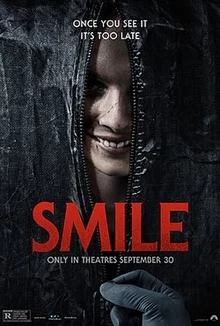

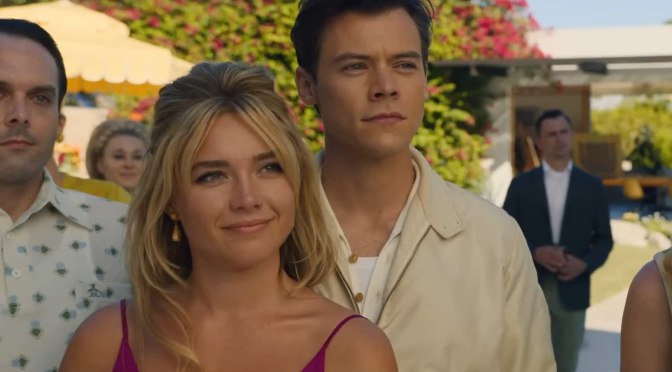




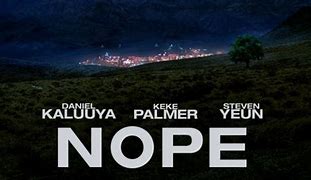

![[Book Review] Psychology For Screenwriters: Building Conflict In Your Script (2nd Edition) – William Indick](https://paulraylaight.files.wordpress.com/2022/09/psychology_indick_header.jpg?w=672&h=372&crop=1)


